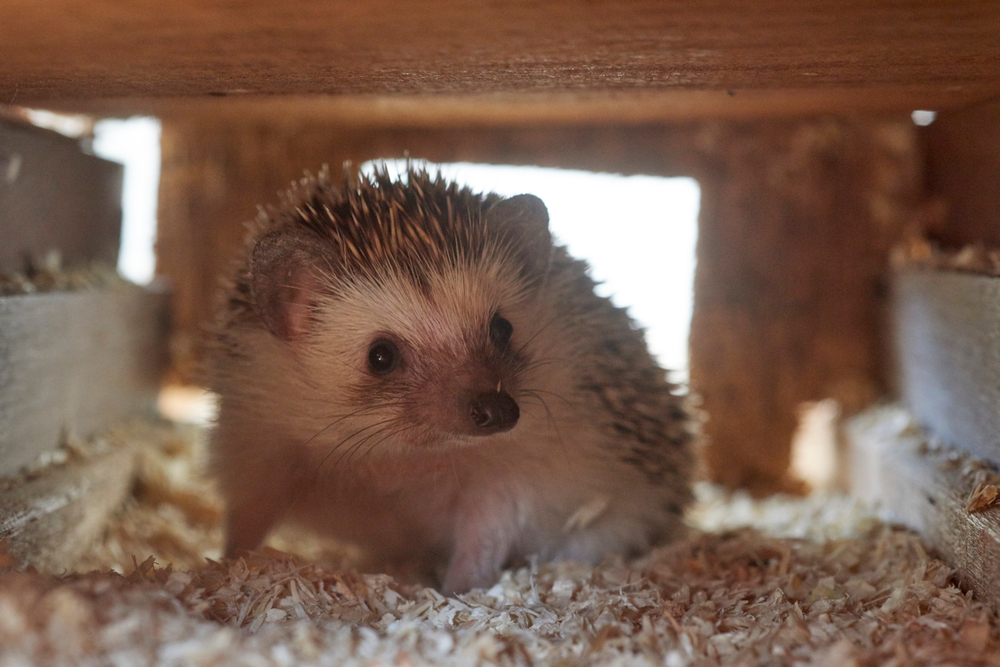Dog Kennels: Choosing, Using, and Maintaining Safe Spaces
A dog kennel can be a secure resting place, a transport solution, or an outdoor shelter for pets. Understanding how kennels vary by size, material, ventilation, and purpose helps dog owners match a kennel to their pet’s needs and living situation. This article explains practical choices, care routines, and safety considerations for everyday use.

How can a dog owner choose the right space?
Selecting a kennel starts with assessing your dog’s size, temperament, and routine. Measure your dog while standing and add enough room for them to turn, stand, and lie down comfortably. Consider whether the kennel will be used for daytime containment, overnight sleep, travel, or outdoor shelter. Materials and portability matter: lightweight wire or plastic crates suit travel and indoor use, while wood or heavy-gauge metal may be better for durable outdoor housing.
Also think about your own habits as a dog owner. If you travel frequently, look for a kennel that folds or meets airline requirements. If your dog is anxious, a covered or crate-trained environment can feel den-like and calming. Match bedding and absorbent liners to the kennel floor to support comfort and hygiene.
What features matter when selecting a kennel?
Important features include ventilation, secure latching, floor type, and ease of cleaning. Good ventilation prevents overheating and reduces odors; secure locks avoid accidental escapes; and removable trays or raised floors simplify sanitation. For indoor kennels, noise dampening and chew-resistant designs may be useful. Outdoor kennels should resist rust and provide protection from pests.
Evaluate assembly and repairability. A kennel with replaceable parts (doors, latches, connectors) can have a longer service life. For multi-dog households, modular kennels or adjacent enclosures let you manage separation and supervision while still keeping animals visible. Safety standards like rounded edges and non-toxic finishes are important to reduce injury risk.
When is a kennel cover useful?
A kennel cover can provide shade, reduce drafts, and give a sense of enclosure that some dogs find comforting. For outdoor kennels, weather-resistant covers help keep rain and snow out and protect bedding. Indoors, a breathable cover creates a den-like environment that may reduce anxiety and encourage rest. Opt for covers that allow airflow and do not trap heat.
Be mindful of material and fit: a snug, breathable kennel cover reduces flapping and snag hazards, while heavy waterproof tarps can cause overheating in warm weather. For travel crates, covers that meet ventilation and visibility needs help you monitor your dog. Regularly inspect covers for wear, water damage, or areas where a curious dog might chew or get tangled.
How does a kennel support regular pet care?
A kennel is one tool within a broader pet care plan. Use it for safe confinement during recovery from illness, to limit destructive behavior, or to establish sleep routines. Crate training, when introduced gradually and positively, can help a dog view the kennel as a secure place rather than punishment. Combine kennel time with consistent feeding, scheduled exercise, and social interaction outside of confinement.
Integrate kennel use with veterinary recommendations when treating injuries or post-op rest. Keep routine feeding and toileting schedules so kennel periods do not become too long. Provide enrichment through safe chew toys or scent items to reduce stress, and ensure water access when appropriate. For dogs with special medical or behavioral needs, coordinate kennel strategies with a veterinarian or behavior specialist.
What maintenance keeps your dog healthy in a kennel?
Regular cleaning is essential: remove soiled bedding daily, disinfect trays and hard surfaces weekly, and replace worn materials promptly. Use pet-safe cleaning products and rinse thoroughly to avoid residue. Monitor for signs of pests, such as fleas or ticks, and treat both the dog and kennel environment according to vet guidance. Check latches and structural joints often to prevent escapes or injury.
Inspect bedding for dampness or odors and rotate washables to maintain hygiene. Ensure ventilation paths remain clear and that any kennel cover is free from mold or mildew. Keep vaccination, parasite prevention, and grooming up to date as part of overall kennel hygiene. If you rely on local services for deep cleaning, repairs, or installation, choose providers experienced with animal-safe materials and standards.
Conclusion
Choosing and maintaining a kennel involves matching the product to your dog’s physical needs and daily routine, ensuring safe materials and ventilation, and integrating the kennel into responsible pet care. Regular cleaning, appropriate bedding, and careful use of kennel covers help maintain comfort and health. Thoughtful selection and upkeep let a kennel serve as a secure, practical component of life for both dog and dog owner.





